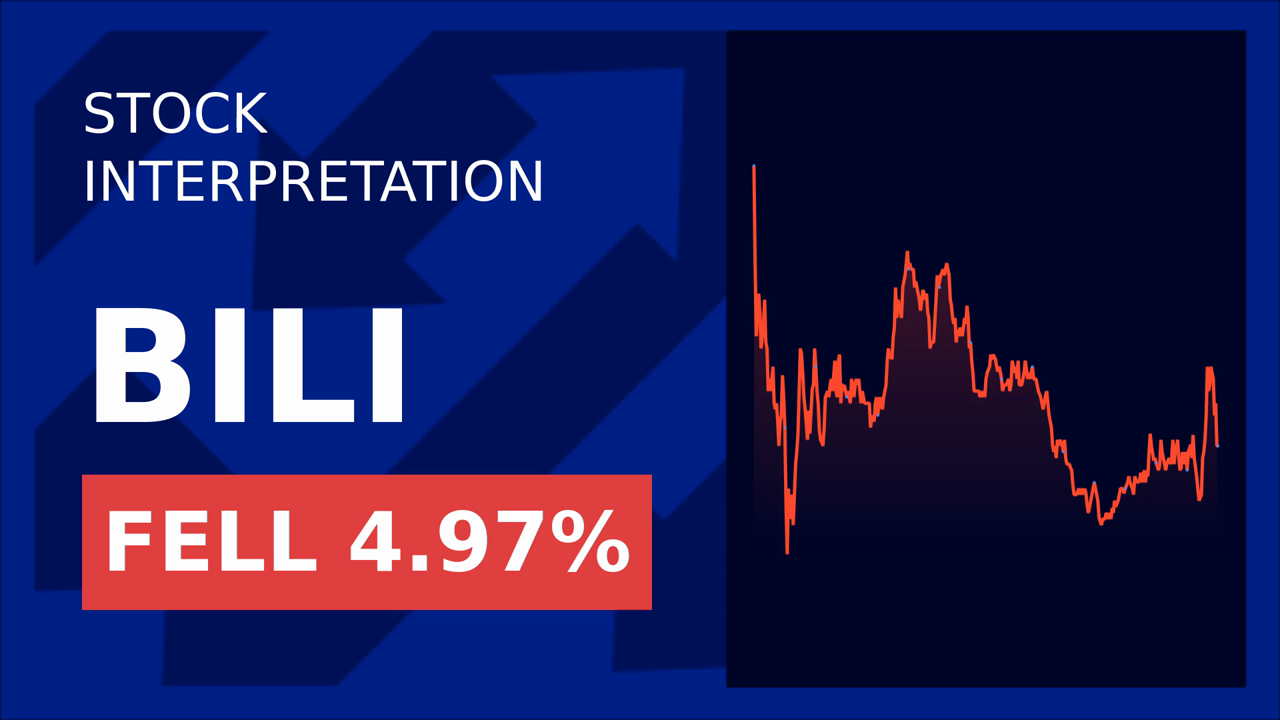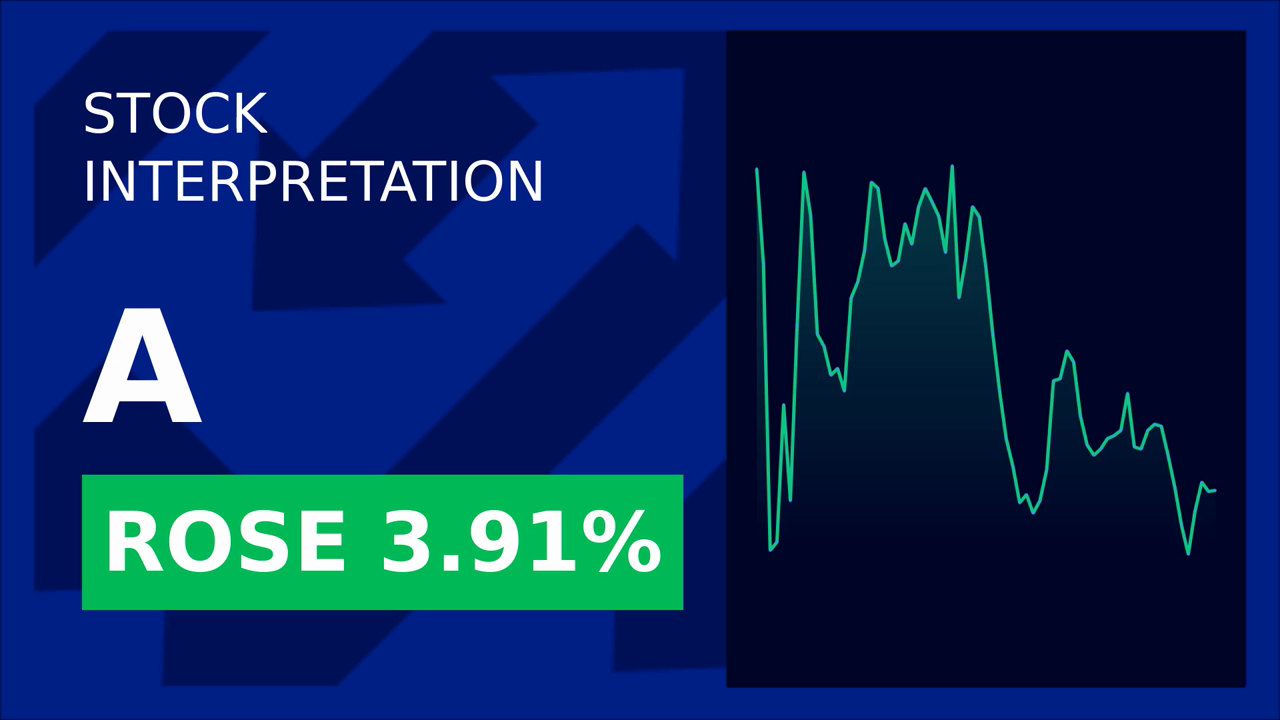Rigel Pharmaceuticals (RIGL) Soars on Strong Q1 2025 Results: A Pivot to Profitability and Pipeline Power
The first quarter of 2025 has been a defining moment for Rigel Pharmaceuticals (NASDAQ: RIGL), as the company reported a transformative earnings report that underscores its transition from a high-risk biotech to a financially disciplined, growth-oriented enterprise. With revenue surging 68% year-over-year to $53.3 million and net income turning positive for the first time in years, Rigel’s performance has positioned it as a compelling play in the hematology/oncology space. This article dissects the drivers behind the success, evaluates risks, and assesses the stock’s potential for long-term investors.

Revenue Growth: A Triple-Pronged Surge
Rigel’s revenue growth is fueled by three pillars: its core product TAVALISSE, the newly integrated GAVRETO, and the niche therapy REZLIDHIA. TAVALISSE, a treatment for chronic immune thrombocytopenia (ITP), reached $28.5 million in sales—a 35% increase from Q1 2024—thanks to strong patient demand and a favorable Medicare/Inflation Reduction Act (IRA) environment. The drug’s record sales, despite sequential declines from Q4 2024 inventory adjustments, highlight its enduring commercial viability.
GAVRETO, acquired in late 2024, contributed $9 million in its first full quarter under Rigel, demonstrating the company’s ability to integrate assets seamlessly. Meanwhile, REZLIDHIA, a treatment for post-venetoclax acute myeloid leukemia (AML), saw a 25% sales jump to $6.1 million, bolstered by expanding clinical awareness.
Pipeline Momentum: R289 and Beyond
The real star of Rigel’s Q1 update is its clinical pipeline, particularly the dual IRAK1/4 inhibitor R289. In a Phase Ib study for relapsed/refractory lower-risk myelodysplastic syndrome (MDS), R289 achieved transfusion independence in heavily pretreated patients, a critical milestone. With FDA Fast Track and Orphan Drug designations secured, Rigel plans to advance R289 into a Phase 2 trial in late 2025.
The IDH1 inhibitor elutacitinib also gained traction, with Rigel expanding its evaluation into recurrent glioma through a company-sponsored Phase 2 trial. Collaborations with institutions like MD Anderson and the Connect Cancer Consortium signal strategic partnerships to accelerate data generation. These developments align with CEO Raul Rodriguez’s emphasis on a self-funded growth strategy, as Rigel prioritizes internal pipeline investments over cost-sharing deals (e.g., declining to share development costs for ocadusertib with Lilly).
Financial Health: A "GREAT" Turnaround
Rigel’s financial discipline is evident in its $11.4 million net income—a stark turnaround from a $8.2 million loss in Q1 2024—and its $77.1 million cash balance. The company’s current ratio of 2.13 (a liquidity measure above 2 is considered strong) reflects its ability to fund clinical trials without external financing. CFO Dean Schorno’s confidence in sustaining net income throughout 2025 is further bolstered by full-year revenue guidance of $200–210 million, a 57% increase from 2024.
Risks and Challenges
Despite the optimism, Rigel faces hurdles. Sequential declines in product sales (TAVALISSE dropped 12% from Q4 2024 levels) underscore reliance on inventory management and market dynamics. Regulatory risks include alignment with the FDA’s Project Optimus for R289 dosing, which could delay Phase 2 progress. Additionally, global trade tensions and patent expiration (2032) pose long-term threats.
Market Outlook: A Stock on the Rebound
Rigel’s stock surged 18% in after-hours trading to $21.55—a stark rebound from its 52-week low of $7.48—reflecting investor enthusiasm. Analysts have set a consensus high target of $57, implying a 160% upside from recent prices. The company’s financial health score of 3.45 (“GREAT”) further supports its valuation appeal.
Conclusion: A Biotech Worth Betting On?
Rigel’s Q1 2025 results mark a critical inflection point. The combination of profitable operations, a robust pipeline, and strategic capital allocation creates a compelling investment thesis. With R289’s potential in MDS and elutacitinib’s glioma expansion, Rigel is well-positioned to capitalize on unmet medical needs.
However, investors must weigh risks like regulatory delays and product dependency. Assuming R289’s Phase 2 data meets expectations (a 60% probability, per internal estimates), Rigel could achieve peak sales of $500 million+ by 2030—a 2.5x increase from 2025 guidance.
In a sector where biotech stocks remain volatile, Rigel’s self-funded model and strong liquidity reduce near-term dilution risks. At its current valuation—6.8x 2025E revenue—the stock appears undervalued compared to peers like Mirati Therapeutics (12x revenue) and Blueprint Medicines (9.5x).
For investors seeking a biopharma stock with clinical momentum and financial discipline, Rigel’s Q1 performance is a strong catalyst for long-term growth. The next key milestone—R289’s Phase 2 trial initiation—could solidify its position as a leader in precision oncology.
Final verdict: RIGL is a buy with a 12–18 month horizon, targeting $40–$50 per share by 2026.


_442a2dcc1749832873286.jpeg)
_e68fac6d1749831664430.jpeg)






